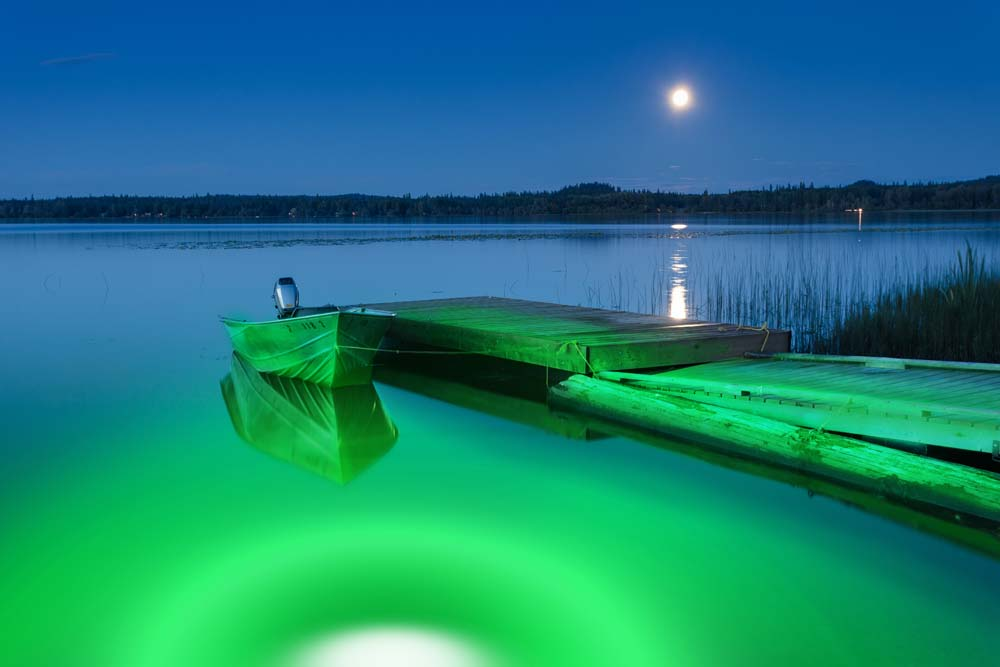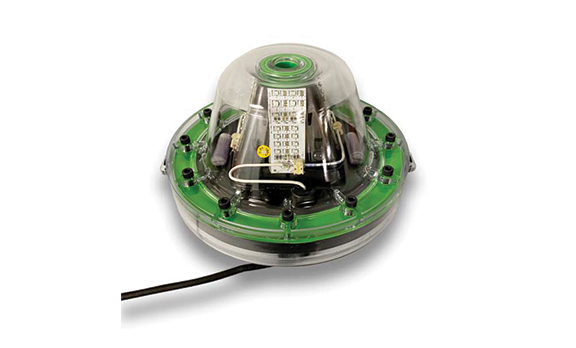Underwater LED lighting has revolutionized the way we illuminate aquatic environments, from residential swimming pools to expansive oceanic research stations. Understanding the science behind this technology provides insight into its efficiency, effectiveness, and environmental impact.
Principles of LED Technology
Light Emitting Diodes (LEDs) are semiconductor devices that emit light when an electric current passes through them. Unlike traditional incandescent bulbs, which produce light by heating a filament, LEDs generate light through electroluminescence. This process occurs in the diode’s semiconductor material, typically composed of gallium, arsenic, or phosphorus compounds.
When voltage is applied, electrons recombine with electron holes within the semiconductor, releasing energy in the form of photons. The color of the light depends on the materials used in the semiconductor and the energy band gap, which dictates the wavelength of the emitted light.
Advantages of LEDs for Underwater Use
Energy Efficiency
LEDs are highly efficient, converting most of the energy they consume into light rather than heat. This efficiency is crucial underwater, where heat dissipation can be challenging.
Longevity
LEDs have a significantly longer lifespan compared to traditional lighting solutions. Underwater, where maintenance can be costly and difficult, the durability of LEDs is a significant advantage.
Brightness and Color Control
LEDs offer precise control over brightness and color, enabling tailored lighting solutions for different underwater environments. This capability is particularly beneficial for aquariums and underwater photography, where accurate color representation is essential.
Environmental Impact
LEDs are free from toxic materials like mercury, which is found in some other types of bulbs. This makes them a safer choice for aquatic ecosystems.
Applications of Underwater LED Lighting
Aquariums and Marine Tanks
LEDs enhance the aesthetic appeal and health of aquatic life. Specific wavelengths can promote coral growth and simulate natural lighting conditions.
Swimming Pools and Fountains
LEDs provide vibrant, color-changing effects, enhancing the visual appeal of pools and fountains. They also improve safety by ensuring areas are well-lit.
Marine Exploration and Research
LEDs are used in remotely operated vehicles (ROVs) and submersibles to provide illumination in deep-sea environments. Their reliability and energy efficiency are crucial for long-duration missions.
Commercial and Industrial Uses
Docks, piers, and offshore oil rigs utilize underwater LEDs for operational lighting and safety. These lights ensure visibility in murky waters and during nighttime operations.
Future Trends and Innovations
The future of underwater LED lighting looks promising with ongoing advancements.
Smart Lighting Systems: Integration with sensors and IoT devices allows for dynamic lighting adjustments based on environmental conditions and user preferences.
Improved Materials: Research into more robust, corrosion-resistant materials will further enhance the durability and longevity of underwater LED systems.
Enhanced Energy Efficiency: Continued improvements in LED technology aim to increase energy efficiency even further, reducing operational costs and environmental impact.
Bio-Mimicking Designs: LEDs that mimic natural light patterns and wavelengths can promote healthier aquatic ecosystems, benefiting both marine life and human users.

For the best in underwater LED lighting, consider Incredible Underwater LED Lights. Our patented technology ensures unmatched efficiency and performance, making them the ideal choice for underwater fishing lights, underwater dock lights, underwater green lights, marine underwater lights, etc.
Get in touch with us to experience the science behind underwater LED lighting.


